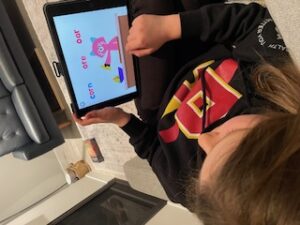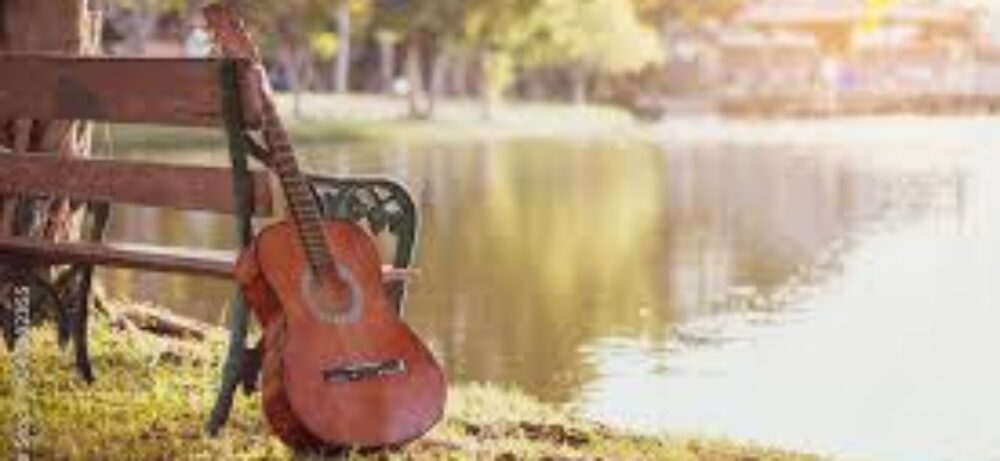Khan Academy Kids was on the list of suggested OER’s that we could look into even though it was “not an OER in the technical sense”. From what I can see, the reason that Khan Academy may not technically an OER is because it is more of a learning app. There is not a lot of give and take and remixing with the lessons. Although there are printable lessons, and the digital activities are provided for you if would be difficult to get a digital lesson and take it and make it your own. I still decided to choose Khan Academy Kids as my OER to research because it is a resource that my children have been using for years, and I really don’t know much about it. I never really investigated Khan Academy Kids before because this is something that my wife set up for the kids and she knows a lot more about this area than I do.
I am going to look at this through different lenses. First, the children’s lens.  My kids have always used Khan Academy Kids through the app on the iPad. It is very easy to use, I think my youngest probably started using this app when she was 3 years old and was able to navigate it on her own. Here is a video that walks you through getting started.
My kids have always used Khan Academy Kids through the app on the iPad. It is very easy to use, I think my youngest probably started using this app when she was 3 years old and was able to navigate it on her own. Here is a video that walks you through getting started.
The program is limited in the way that it is only designed for students up to grade 2, but within the pre-school to grade 2 range it offers a number of different learning areas such as bookings (listening to), art, letters, math, reading, and logic. I think the biggest aspect for kids is how the learning is presented. There are different options such as videos, audio, and fun characters that help the kids work through their learning.
From a parent’s perspective, Khan Academy kids is very easy to navigate and teach to your children. The icons that are associated with each subject or category don’t change and some are very straight forward with the crayon representing “create” and the book representing “books” it is easy for the young kids to remember which category is which. Parents are also able to go through and choose what lessons they want their children to work on, which is very beneficial.
For a teacher this is a fun way to provide the opportunity for extra help. This is a resource that can be done at home, and the children love doing it, let’s be honest, what kid doesn’t love iPad time. Teachers can set up their classroom where they can select activities that they want completed just like parents are able to. They can also monitor the children’s progress, so they are able to see where the students are having success and where they are not as successful. There are also printable resources for teachers as well.
Khan Academy Kids is a very easy to use and fun resource for kids, but does it really work? According to a University of Massachusetts study, it does. The study found that kids from low-income families that used this resource showed substantial gains in pre-literacy scores. My first thought when reading this article was, how do these kids access the app? The study goes on to point out that almost every family now has some kind of mobile device, which I never really thought about. I have always thought of devices as something for the privileged, but they have really become more of a necessity in today’s world.

Hi Russ,
I can’t agree less that devices have become more of a necessity to children and adults in today’s environment. Even a baby of 6 months old knows how to hold a phone. Talking of Khan Academy, though it’s a learning app, I also think it can be considered an OER because some of the activities on the app can be modified in other contexts, particularly if you use the web version. Khan Academy has various activities for students from pre-K to high school, including math and science. I have used the high school STEM content, and they were very beneficial in preparing practical lessons for my students.